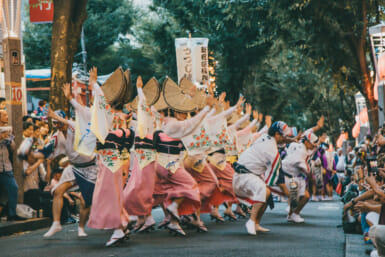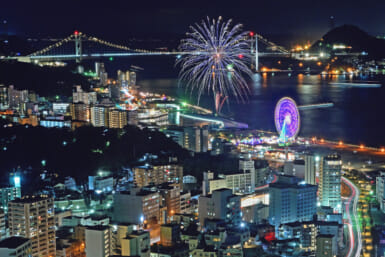by James Mulligan
What is JR East doing to make it easier for tourists? Kazuhiko Aida of the International Department told Weekender how they are supporting the “Visit Japan” campaign.
Tokyo Weekender: How important is foreign tourism for Japan, and how is JR East working with the government to increase inbound tourism in Japan?
Kazuhiko Aida: JR East has been fully cooperating with the “Visit Japan” campaign, and has been taking various measures. For example, we established the “JR East Reservation Center for overseas travelers,” where overseas travelers can book IR-branded tour packages, and if there are groups of tourists, they can book railway tickets for the tour. They can do so by way of the Japan Airlines overseas offices.
Also, in cooperation with the “Visit Japan Campaign Bureau,” we are making travel products for overseas travelers (these products are available outside Japan).
TW: Do you believe Japan is easy or difficult to travel around for a foreigner?
KA: There are English, Chinese and Korean signs and placards in our major stations.
On Shinkansen trains and some portions of ordinary trains, information is given in English. We will do our best to make our railway system more convenient for foreign travelers.
TW: Will JR East increase and/or improve the amount of information, leaflets, maps, and information centers available in English and other languages for foreign tourists?
KA: Currently, our homepage (www.jreast.co.jp/e/index.html) provides information for foreign travelers in English, Chinese and Korean. If you have some questions on railway timetables, fares, tickets, etc., you can call the JR East Infoline at 3423-0111. Hours are 10 a.m. to 6 p.m. (closed during the year-end and New Year’s holidays). English, Chinese and Korean are the languages available.
There are also information centers at our major stations (Tokyo, Ueno, Shinjuku, Shibuya, Ikebukuro, Shinagawa, Hamamatsucho, Tachikawa, Yokohama, Omiya, etc.) English is available there.
TW: Will tickets be made available in English and/or other languages?
KA: For short-distance tickets, there are ticket vending machines in stations, where instructions are in English.
TW: Will JR make the Japan Rail Pass (JRP) available for tourists already in Japan, and for foreign residents?
KA: No. The JRP should be purchased outside Japan. There is another rail pass available only in the JR East business area. This is called the JR East Pass. Only foreign travelers visiting Japan from abroad with the entry status of “temporary visitor” can purchase this pass, but unlike the JRP, those travelers can purchase the JR East Pass inside Japan (there are only 14 stations in the JR East business area).
TW: What other kinds of special offers or campaigns are planned?
KA: No special campaign besides the “Visit Japan” campaign is planned so far. However, we are working more to increase inbound tourism to Japan.
TW: Will there be more passes that can be used with combinations of different transportation companies?
KA: There is the “Tokyo Free Kippu.” With this, you can use JR East lines within Tokyo’s 23 Wards, Tokyo subways (Eidan and Toei) and the bus (Tobas). It costs ¥1580.








